The birds of Phi Phi Island Krabi Thailand
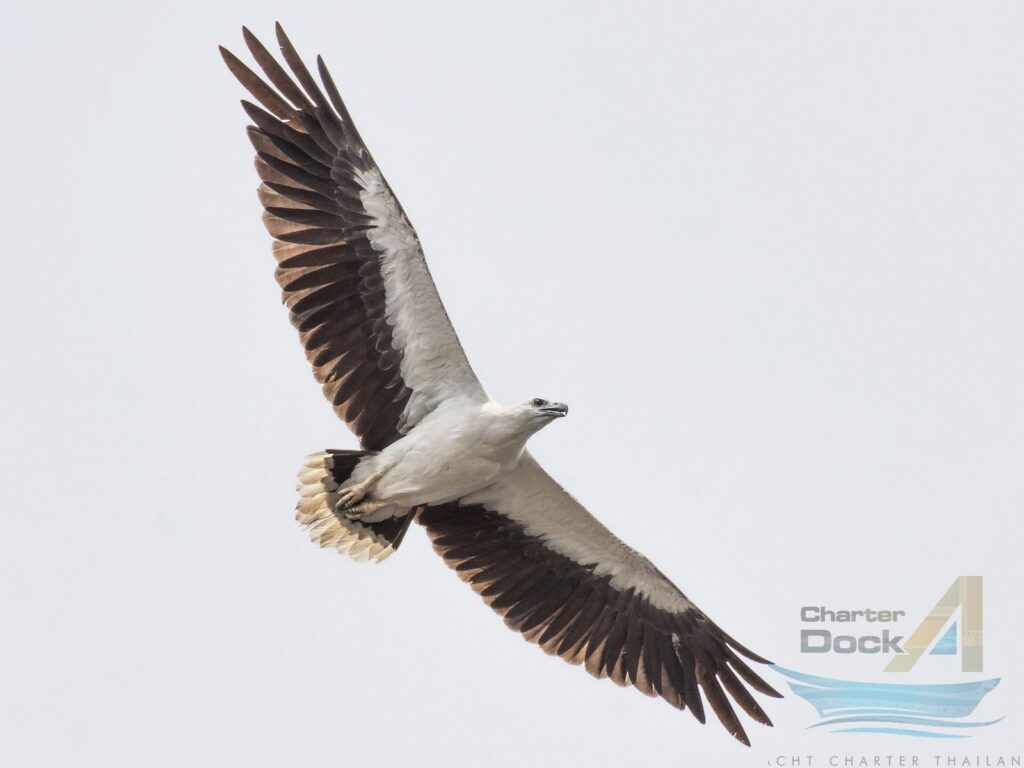
The Phi Phi Islands (Thai: หมู่เกาะพีพี, RTGS: Mu Ko Phiphi, pronounced [mùː kɔ̀ʔ pʰīː.pʰīː]) are an island group in Thailand between the large island of Phuket and the Straits of Malacca coast of Thailand. The islands are administratively part of Krabi Province. Ko Phi Phi Don (Thai: เกาะพีพีดอน, RTGS: Ko Phiphi Don) (ko Thai: เกาะ ‘island’) is the largest and most populated island of the group, although the beaches of the second largest island, Koh Phi Phi Le (Thai: เกาะพีพีเล, RTGS: Ko Phiphi Le) are visited by many people as well. The rest of the islands in the group, including Bida Nok, Bida Nai, and Bamboo Island (Ko Mai Phai), are not much more than large limestone rocks jutting out of the sea. The islands are reachable by speedboats or long-tail boats most often from Krabi town or from piers in Phuket Province.
Phi Phi Don was initially populated by Thai Malays fishermen during the late-1940s, and later became a coconut plantation. The resident Thai population of Phi Phi Don remains more than 80 percent Muslim. The current population however—if counting transient workers—is more Buddhist than Muslim. The resident population is between 2,000 and 3,000 people
The birds of Phi Phi Island – Introduction
At least 12 bird species are known or believed to breed on Phi Phi Le island (1.8 sq km) 25 km off the coast of Krabi province, Thailand. Phi Phi Le island (7.4l’N, 98.46’E) in 3.2 km long and 1.2 km wide at its widest point. Its area is about 1.8 sq km. Two islets known to locals as “the children” (Luuk Phi Phi Le) lie about 2 km south-east of the island’s southern most tip. The highest point of the island is 374 m above the sea. With its neighbour Phi Phi Don, it lies about 25 km from the western coast of Thailand. Phi Phi Le is limestone and bounded by dramatic steep overhanging cliffs, some over 200 m high.· There is one large cave on the east coast. There are two main bays each with short sandy beaches, one on the west coast, and one on the east coast near the south end of the island.
Reef Egret – The Birds of Phi Phi Island
Egretta s,acra. The Pacific reef heron, also known as the eastern reef heron or eastern reef egret, is a species of heron found throughout Andaman Sea and Oceania
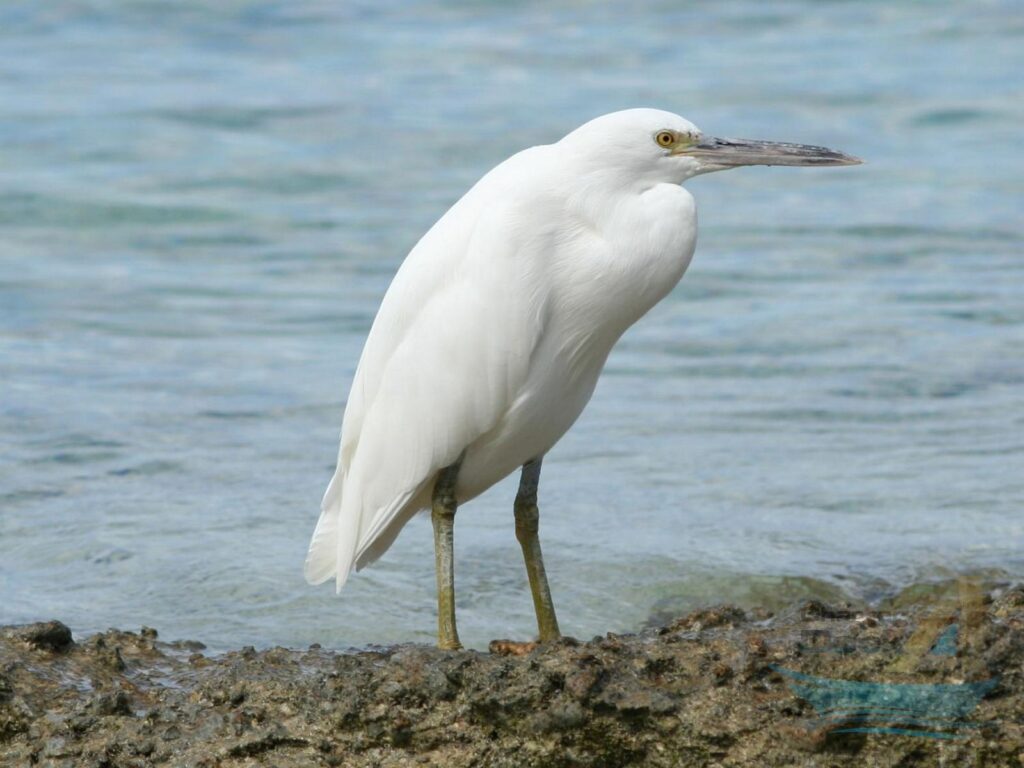
Brahminy Kite, Ha/iastur indus – The Birds of Phi Phi Island
The Brahminy kite, formerly known as the red-backed sea-eagle in Australia, is a medium-sized bird of prey in the family Accipitridae, which also includes many other diurnal raptors, such as eagles, buzzards, and harriers. They are found in the Indian subcontinent, Southeast Asia, and Australia.

Japanese Sparrow hawk – The Birds of Phi Phi Island
The Japanese sparrow hawk is a bird of prey in the family Accipitridae which also includes many other diurnal raptors such as eagles, buzzards and harriers. It breeds in China, Japan, Korea and Siberia; winters in Indonesia and Philippines, passing through the rest of South-east Asia
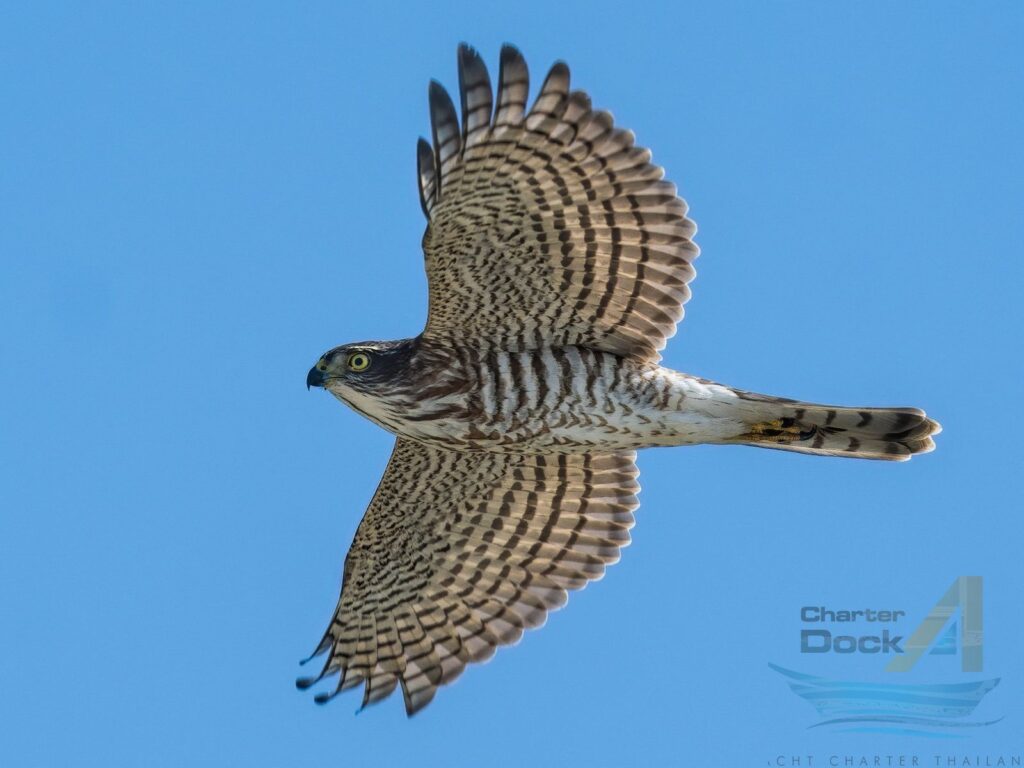
White-bellied Sea Eagle, Haliaeetus leucogaster – The Birds of Phi Phi Island
The white-bellied sea eagle, also known as the white-breasted sea eagle, is a large diurnal bird of prey in the family Accipitridae. Originally described by Johann Friedrich Gmelin in 1788, it is closely related to Sanford’s sea eagle of the Solomon Islands, and the two are considered a superspecies.

Osprey, Pandion haliaetus – The Birds of Phi Phi Island
The osprey, also called sea hawk, river hawk, and fish hawk, is a diurnal, fish-eating bird of prey with a cosmopolitan range. It is a large raptor reaching more than 60 cm in length and 180 cm across the wings. It is brown on the upperparts and predominantly greyish on the head and underparts
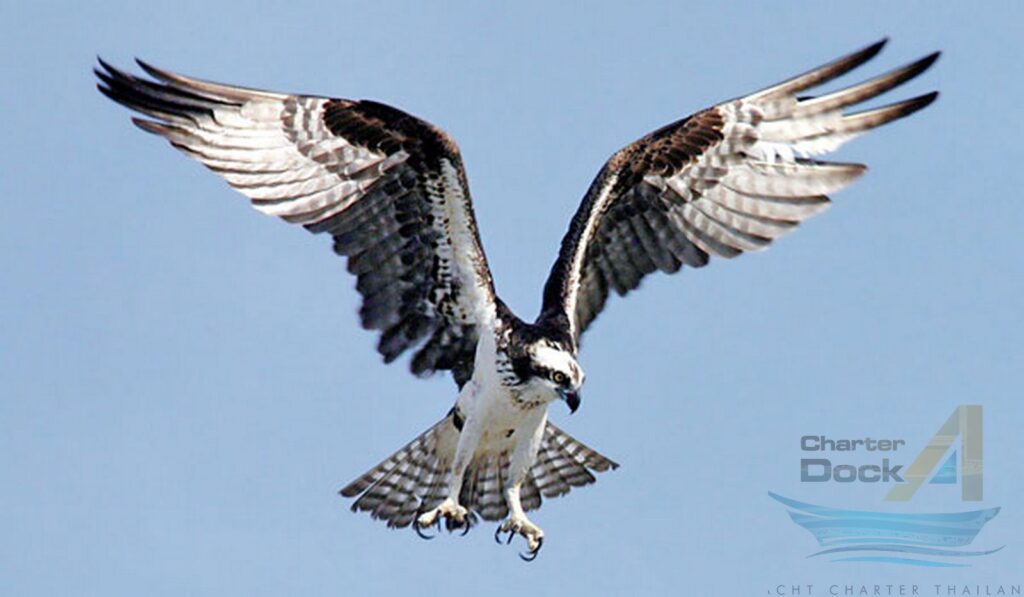
Peregrine Falcon (falco peregrinus)
Falcons are birds of prey in the genus Falco, which includes about 40 species. Falcons are widely distributed on all continents of the world except Antarctica, though closely related raptors did occur there in the Eocene
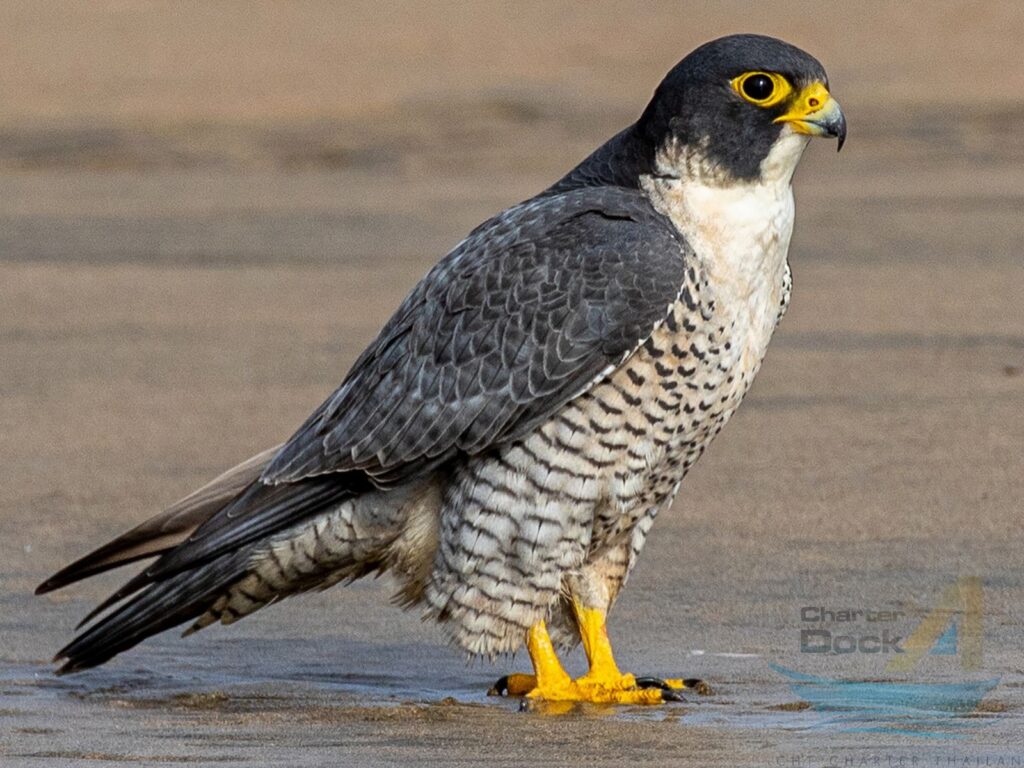
Common Sandpiper, A ctitis hypoleucos.
The common sandpiper is a small Palearctic wader. This bird and its American sister species, the spotted sandpiper, make up the genus Actitis. They are parapatric and replace each other geographically; stray birds of either species may settle down with breeders of the other and hybridize
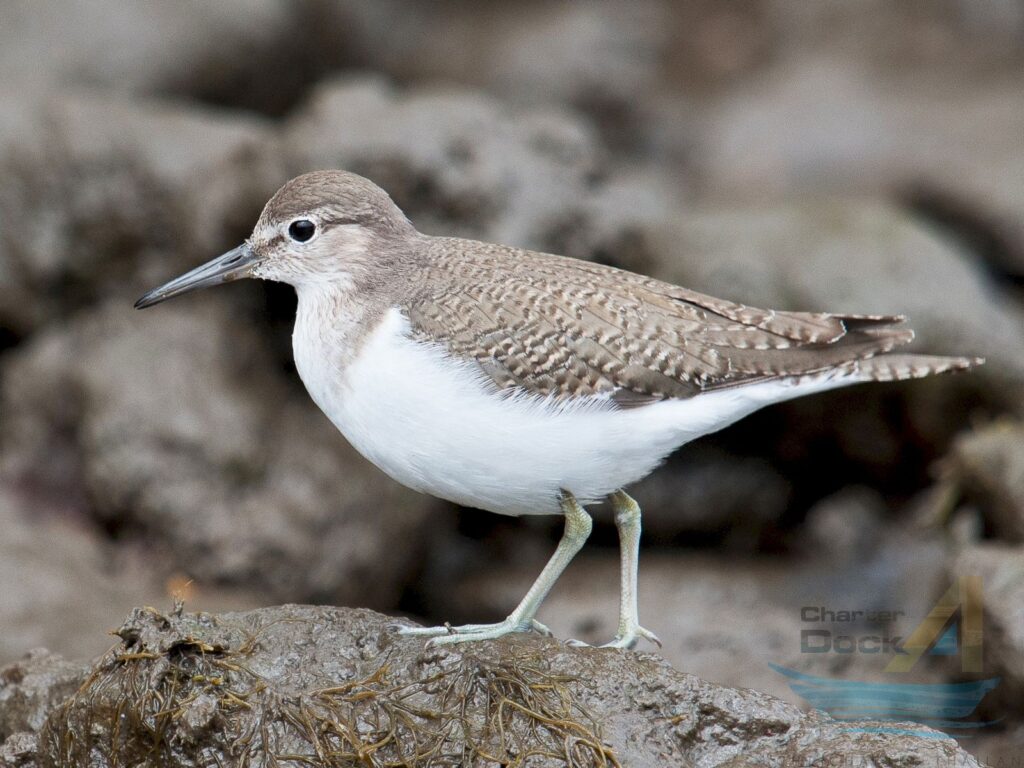
Swiftlets Apodidae
Swiftlets are birds contained within the four genera Aerodramus, Hydrochous, Schoutedenapus and Collocalia. They form the Collocaliini tribe within the swift family Apodidae. The group contains around thirty species mostly confined to southern Asia, south Pacific islands, and northeastern Australia, all within the tropical and subtropical regions. They are in many respects typical members of the Apodidae, having narrow wings for fast flight, with a wide gape and small reduced beak surrounded by bristles for catching insects in flight. What distinguishes many but not all species from other swifts and indeed almost all other birds is their ability to use a simple but effective form of echolocation to navigate in total darkness through the chasms and shafts of the caves where they roost at night and breed. The nests of some species are built entirely from threads of their saliva
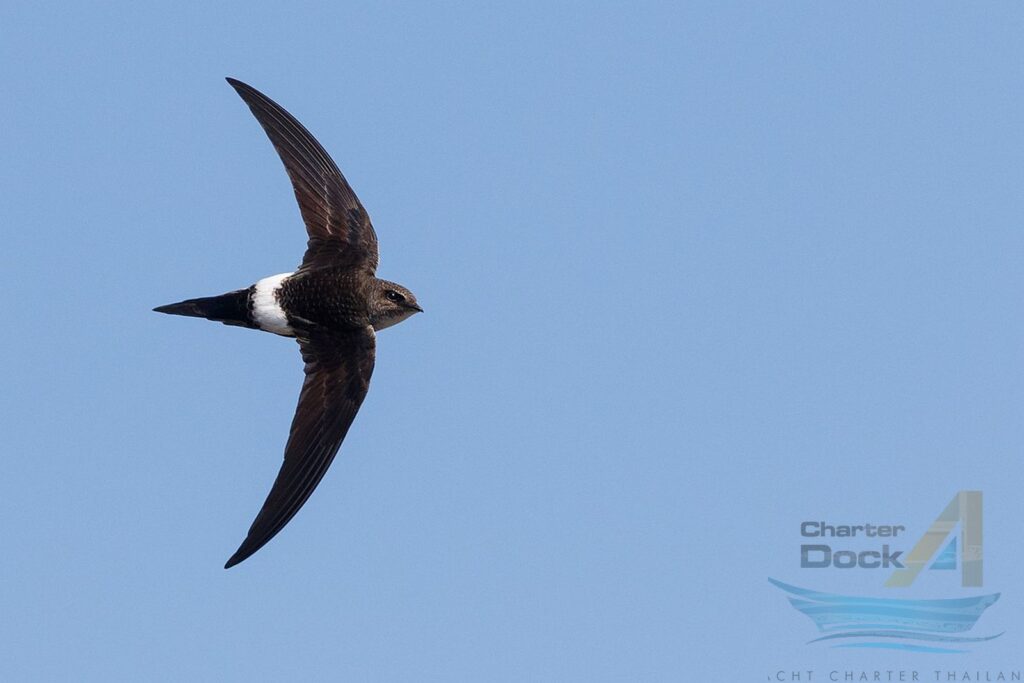
Black-capped Kingfisher, Halcyon pi/eata.
The black-capped kingfisher (Halcyon pileata) is a tree kingfisher which is widely distributed in tropical Asia from India east to China, Korea and Southeast Asia. This most northerly of the tree kingfishers is resident over much of its range, but northern populations are migratory, wintering south of their range in Sri Lanka, Thailand, Borneo and Java. It is distinctive in having a black cap that contrasts with the whitish throat, purple-blue wings and the coral red bill. The species is mainly found in coastal and mangrove habitats but can sometimes be found far inland.
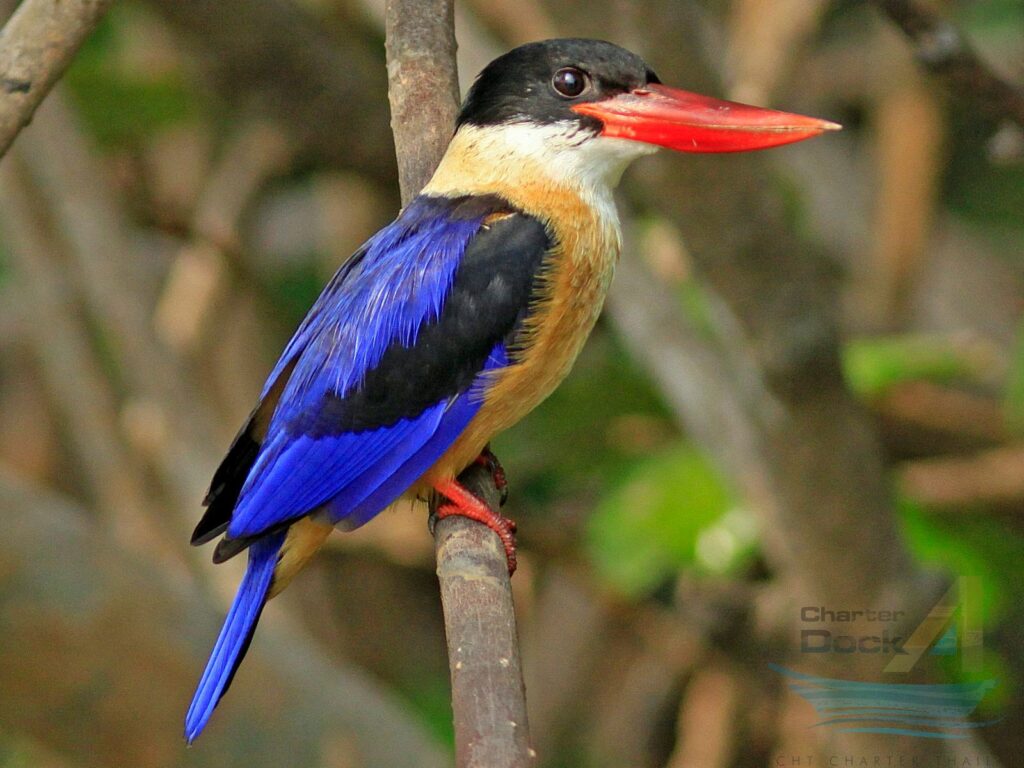
Pacific Swallow, Hirundo tahitica
Common swallow of Southeast Asia and the Pacific, often in cities and towns as well as above fields, lakes, and forests. Adult iridescent blue above and grayish buff below, with orangish throat and forehead. Similar to Barn Swallow, which has longer outer tail feathers and a dark line separating the throat and breast, lacking in Pacific. Frequently perches on telephone lines, often with other swallow species.
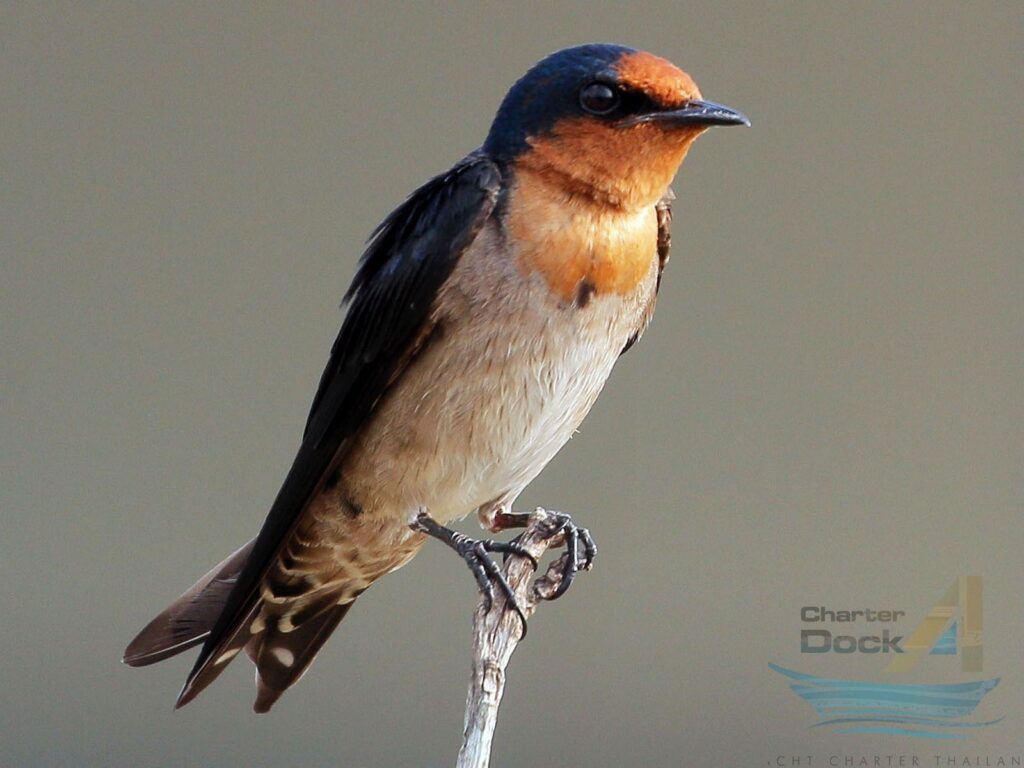
Large-billed Crow
Not to be confused with Long-billed crow
The large-billed crow (Corvus macrorhynchos), formerly referred to widely as the jungle crow, is a widespread Asian species of crow. It is very adaptable and is able to survive on a wide range of food sources, making it capable of colonizing new areas, due to which it is often considered a nuisance, especially on islands. It has a large bill, which is the source of its scientific name macrorhynchos (Ancient Greek for “large beak”) and it is sometimes known by the common name thick-billed crow. It can also be mistaken for a common raven. Johann Georg Wagler first described the species from a holotype obtained from Java in the year 1827. The eastern jungle crow and Indian jungle crow were once considered conspecific and together called the jungle crow.
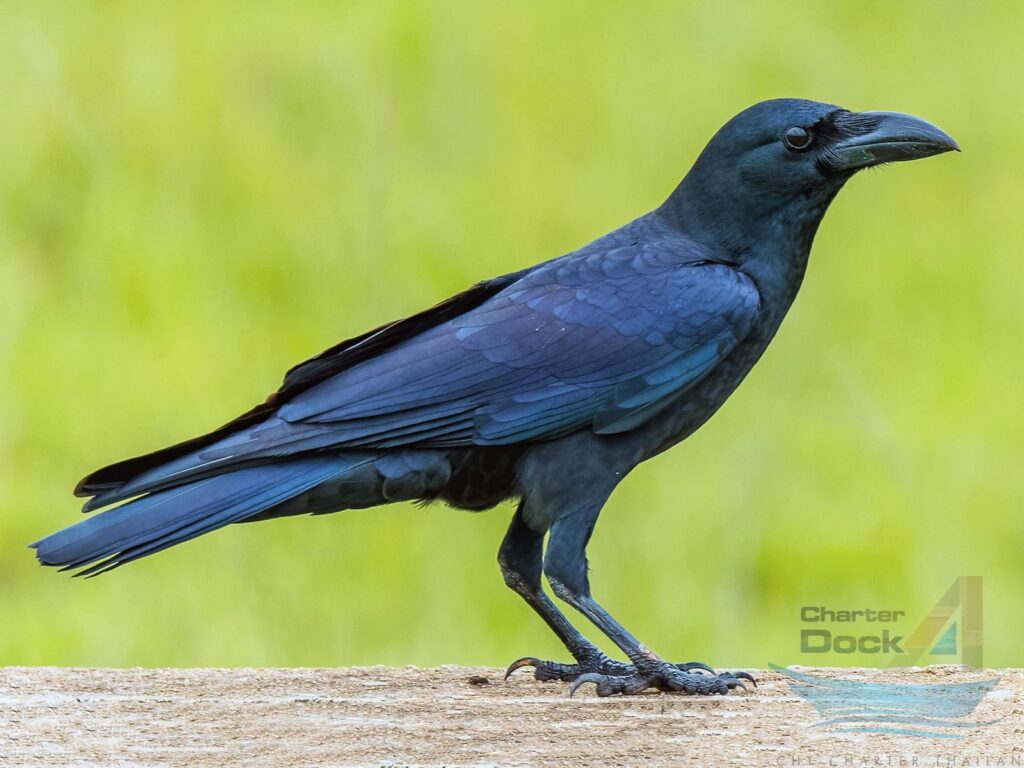
Blue Whistling Thrush, Myophonus Caeruleus –
The blue whistling thrush (Myophonus caeruleus) is a whistling thrush that is found in the mountains of Central Asia, South Asia, China and Southeast Asia. It is known for its loud human-like whistling song at dawn and dusk. The widely distributed populations show variations in size and plumage with several of them considered as subspecies. Like others in the genus, they feed on the ground, often along streams and in damp places foraging for snails, crabs, fruits and insects.

Ferruginous Flycatcher (Muscicapa ferruginea)
Dapper flycatcher with a distinctly large-headed, large-eyed appearance. Not readily mistaken for any other species: combination of gray head, orange-brown body, and distinct pale eye ring are unique. Perches at mid-height in forest openings, often next to running water, sallying out periodically to snag insects.
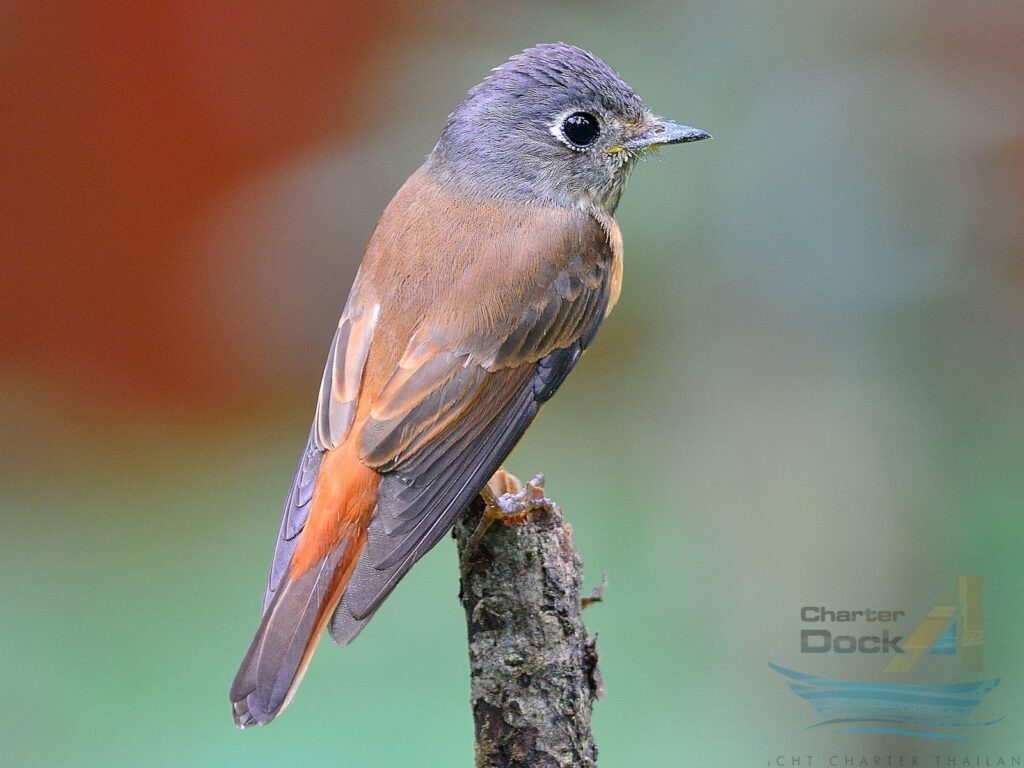
Black-throated Sunbird – Aethopyga saturata
Long-tailed male is dark above with a paler belly; in good lighting, note his wine-red back and breast and a purplish-blue crown. Midnight-black throat distinguishes him from otherwise similarly-colored sunbird males. Female is much duller, being predominantly greenish-brown with paler underparts, a gray wash over the head, and a pale rump patch; this last feature distinguishes her from most other sunbirds in range, except Fork-tailed and Mrs. Gould’s Sunbirds, both of which have yellower underparts. Black-throated’s song is composed of shrill phrases of very high twittering trills, often slurred. Calls include high-pitched buzzy squeaks and chip notes.

Tree Sparrow, Passer Montanus
The Eurasian tree sparrow (Passer montanus) is a passerine bird in the sparrow family with a rich chestnut crown and nape, and a black patch on each pure white cheek. The sexes are similarly plumaged, and young birds are a duller version of the adult. This sparrow breeds over most of temperate Eurasia and Southeast Asia, where it is known as the tree sparrow, and it has been introduced elsewhere including the United States, where it is known as the Eurasian tree sparrow or German sparrow to differentiate it from the native unrelated American tree sparrow. Although several subspecies are recognised, the appearance of this bird varies little across its extensive range.
The Eurasian tree sparrow’s untidy nest is built in a natural cavity, a hole in a building or the disused nest of a European magpie or white stork. The typical clutch is five or six eggs which hatch in under two weeks. This sparrow feeds mainly on seeds, but invertebrates are also consumed, particularly during the breeding season. As with other small birds, infection by parasites and diseases, and predation by birds of prey take their toll, and the typical life span is about two years.
The Eurasian tree sparrow is widespread in the towns and cities of eastern Asia, but in Europe it is a bird of lightly wooded open countryside, with the house sparrow breeding in the more urban areas. The Eurasian tree sparrow’s extensive range and large population ensure that it is not endangered globally, but there have been large declines in western European populations, in part due to changes in farming practices involving increased use of herbicides and loss of winter stubble fields. In eastern Asia and western Australia, this species is sometimes viewed as a pest, although it is also widely celebrated in oriental art.
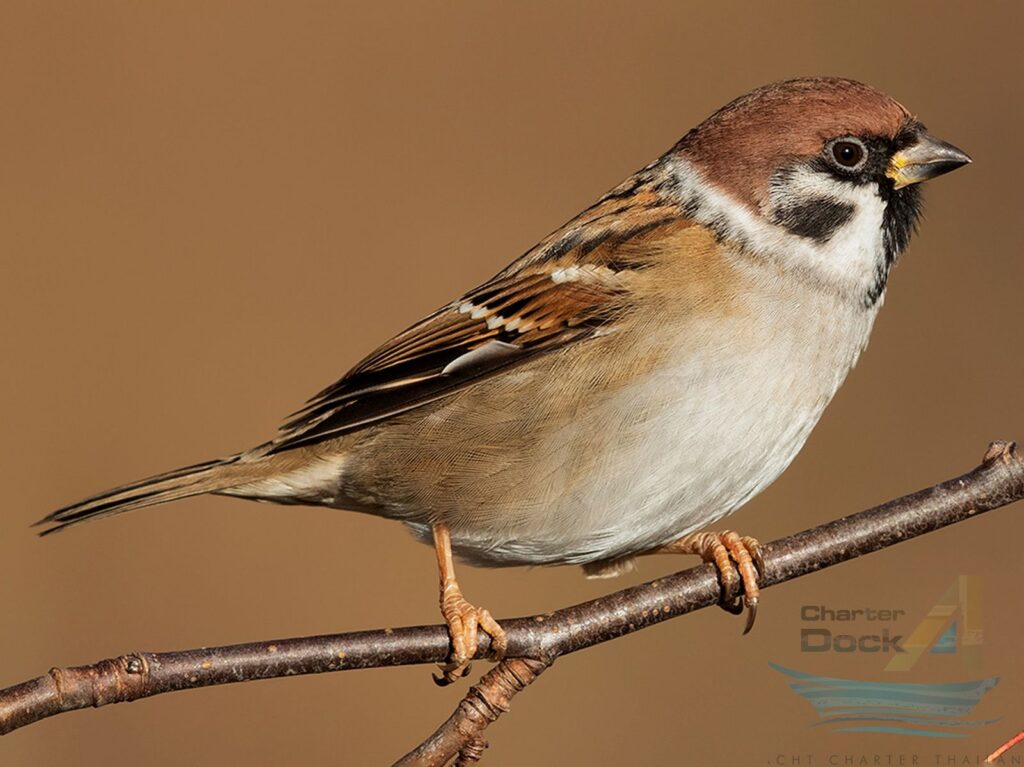
Discussion – The Birds of Phi Phi Island
It must be emphasized that more intensive field work among the more vegetated areas of the island might well have revealed a few more nesting species. But even if this bad been shown the island clearly has no more than an impoverished avifauna. No other small islands off tbe coasts of the Malay peninsula appear to have been studied in detail though MEDWAY&WELLS (1976) do compare the avifaunas of several of the large islands. However, BRoCKELMAN & NADEE ( 1977) have preliminarily surveyed the avifauna of the Surin Islands 53 km off the west coast of peninsular Thailand, north of the isthmus of Kra.
Their biogeographic analysis of the birds of the islands, an up-to-date assessment that takes full account of contemporary scientific thought on the composition of island avian communities generally, helps us to understand why so few species breed on Phi Phi Le.
Limiting factors probably include the small size of the island, its thin shape, the absence of fresh water, the fewness of the different habitat types and the distance of the island from the mainland.
This post is for informative information purposes only by Charter Dock A
Our reporting is copied and/or used by many international media companies
Content gathered from
https://ebird.org
https://en.wikipedia.org





